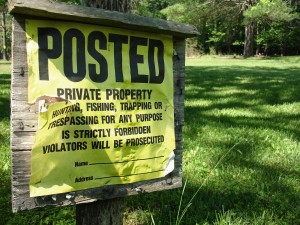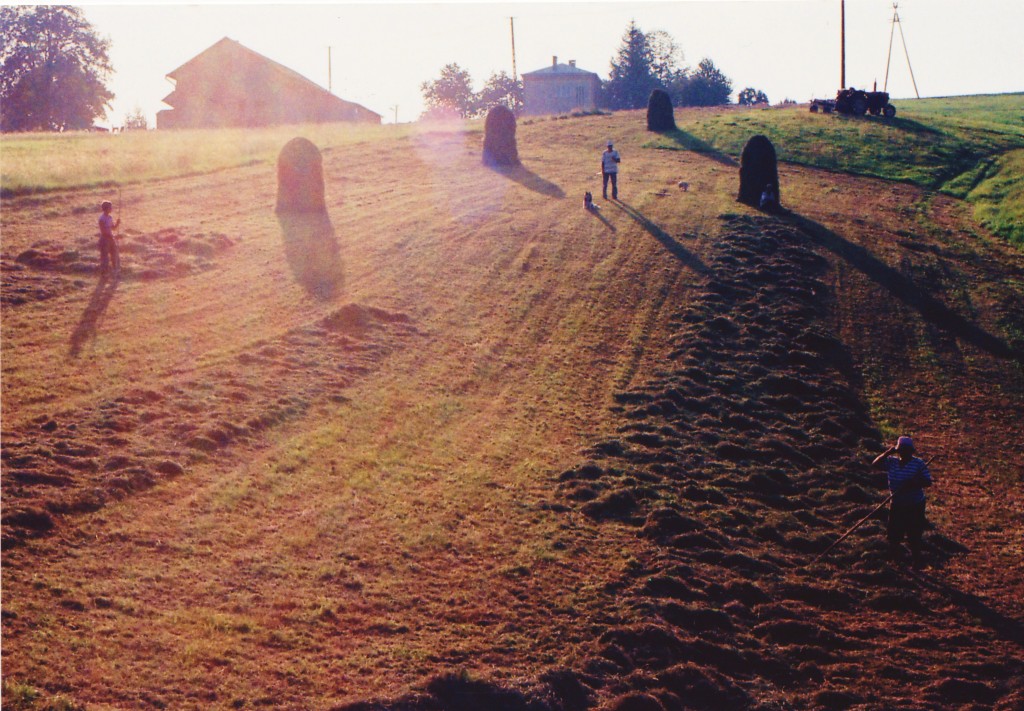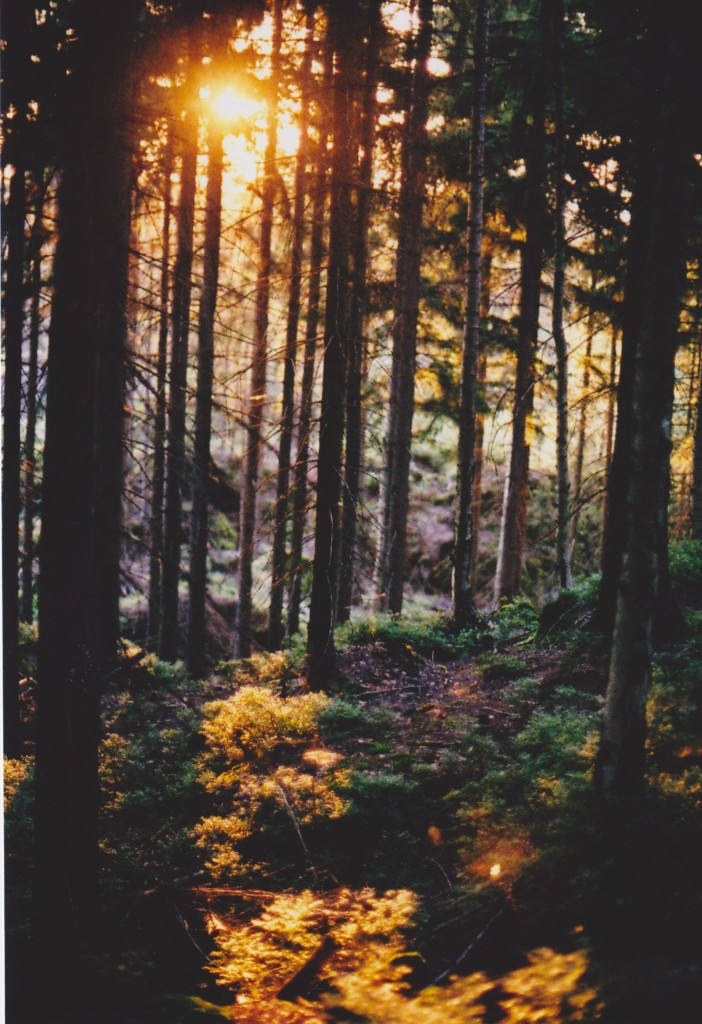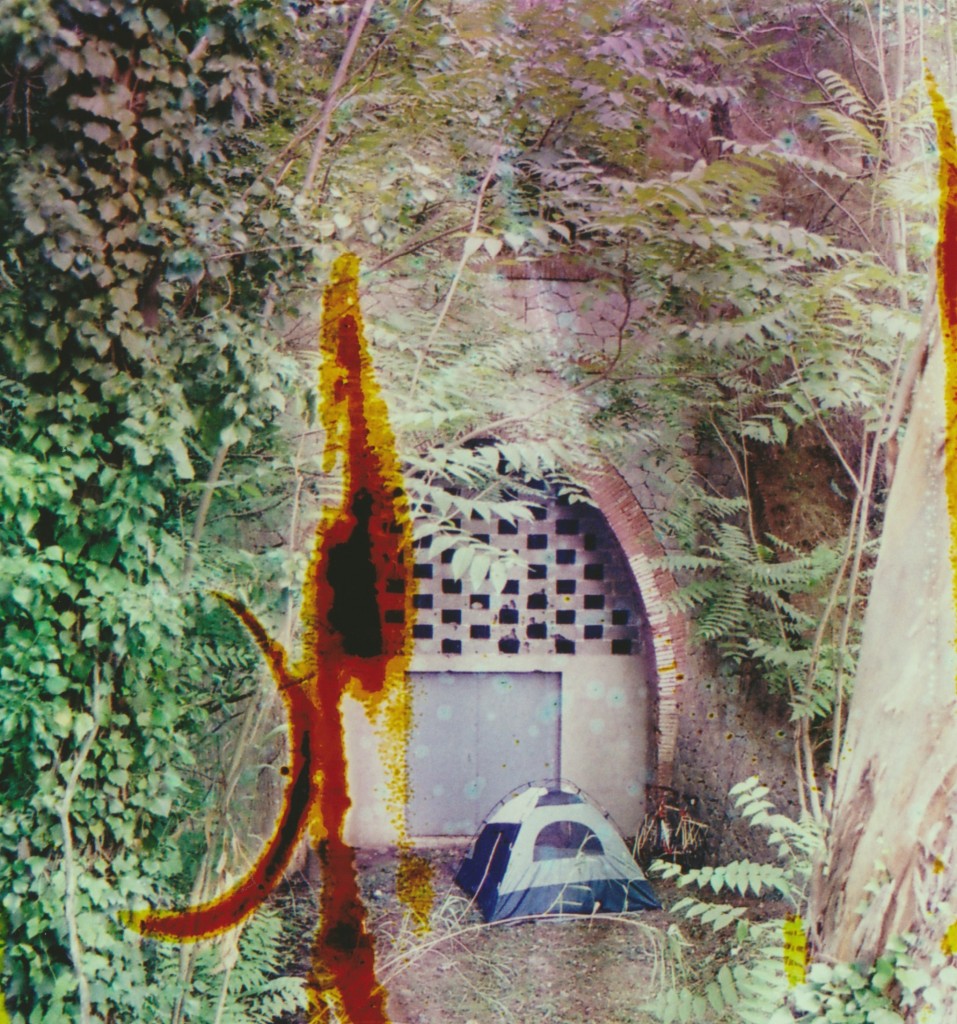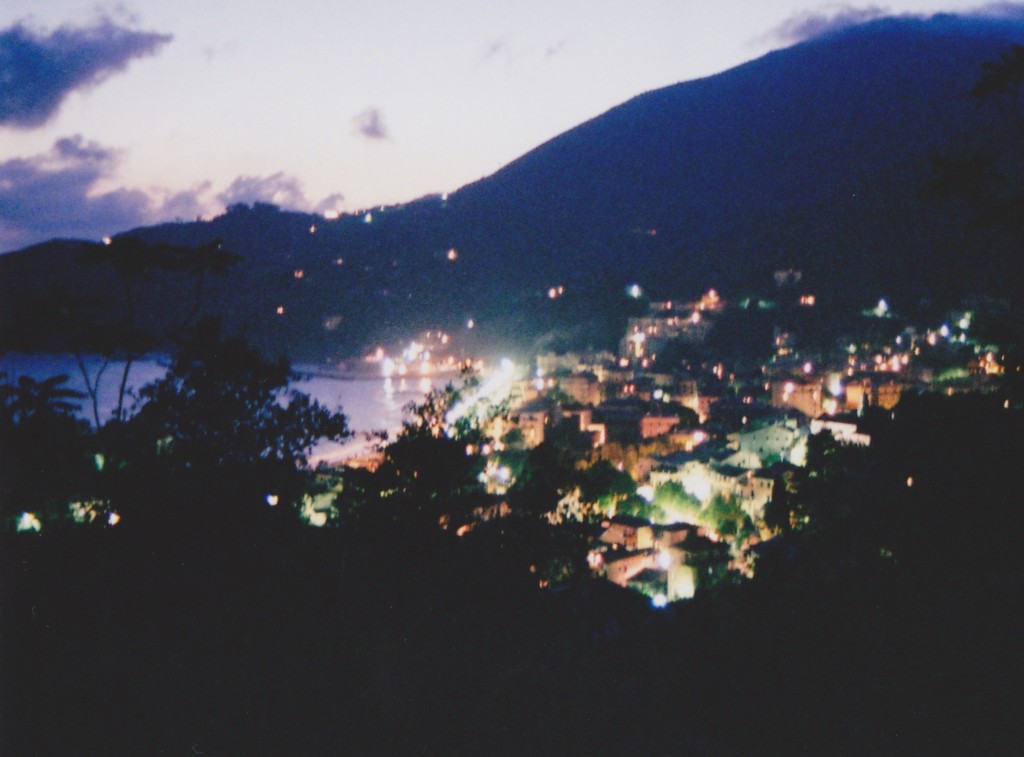A great thing about touring unsupported is that you never know where you’re going to sleep that night. Like travelers since prehistory, the night’s lodge is never known but always needed. Of course, and this evening adventure (and the night’s rest that follows) is much more enjoyable if you find a good camp than if you don’t. Here is what I’ve learned…
The sun is getting low, my legs are tired, belly is starting to grumble. It’s time to slow it down… it’s scopin’ time. I don’t try too hard. In fact, this is a relaxing, almost meditative part of my day. Like searching the shelf for the perfect bedtime book, I peruse the shoulders as I glide along, taking it in and taking it easy. I stop to peek around bends, chat with the locals, walk down farm and fire roads and along foot paths, and peer past brush stands and across meadows for that pathway to the perfect five-star nook. Here’s my advise on finding those sweet, sweet cradles of roadside repose…
Rule #1: No trespassing means no trespassing.
Don’t bother looking for a place that explicitly gives you permission to camp, unless you want to pay for the privilege. No one’s going to bother to post a sign that says “Yes, you can sleep here, I don’t care.” But they probably don’t. If, however, someone took the time to post a sign that says you are not welcome, it’s best to assume they mean it. Maybe their property has previously attracted vagrants, gypsies, motorcycle gangs, drunken teenagers, or (most likely) disrespectful hunters. They are tired of waking up to accordions, loud pipes, fistfights, giggling, and/or rifle shots in the wee hours. These folks should be asked, or (from my experience) simply left alone.
If you are not touring in the USA, no trespassing signs are far less common, but are nevertheless unmistakable in any language. Basically, if there is a sign with bold lettering on a gate or tree, that is (or may as well be) a no trespassing sign. Keep moving.
Rule #2: Don’t be afraid to ask!
Don’t overlook the obvious. The most comfortable camp anywhere is the country lawn. Especially in summer, rural folks are often out in the garden or on the porch when the sun gets low. Say hello. Everybody loves a happy bike tourist. They think you’re crazy, but they love you for it. A third of the people you ask will let you have a prime plot on the grass, at least. Just make it clear that you only need a place to pitch a tent for the night. If you don’t speak the language, you can consider drawing up some flash card illustrations to keep handy (and keep smiling!) Other useful tools: pantomime skills (you don’t really have to be good, just entertaining), wildflowers (irresistible to matriarchs worldwide, if you don’t mind hauling a makeshift vase). A bonus to the lawn approach is that you will get to meet new people. Don’t worry, your complete inability to speak the language matters less than you’d think, and you might even get a home cooked meal (especially if you arrive with flowers!)
Rule #3: Good spots can’t be seen from the road.
If you don’t have time to track down the property owner and ask permission, and you don’t want to wake up to a stern voice and a flashlight on the tent, then don’t set up where someone can see you from the road. The trick is to not look for a campsite (if you can see it from the road it isn’t one,) but to look for signs of a campsite. Like:
a) an overgrown and closed off or boulder-blocked farm or logging road. These soft-bedded slumber gardens will have plenty of clear, flat ground around the bend, and are inaccessible to lazy people. (It should be well noted that 90% of people who would cause trouble to a touring bicyclist are too lazy to leave their cars to happen upon them.)
b) walking and bicycle paths. Obviously you can’t camp right on or along the path, but there will likely be numerous foot paths into the forest or other cover that will be both quiet and out of the range of noisy cars. (Just watch out for toilet paper.) If it’s getting dark and you’ve found a spot that’s away from the path but not completely hidden from it, that will probably do, though you may want to set an alarm. You’ll want to at least be packing up when the early birds come riding, jogging, and walking along in the morning.
c) tree farms, old orchards and olive groves, pine forests. Any place that has abundant tree cover and navigable ground is a potential campsite. Some of the best camping I’ve done has been among planted trees. Of course, some degree of primitiveness, age, and/or abandonment is needed to make this a good choice. A modern, high production farm is far less likely to provide ample cover and won’t offer a friendly greeting when you are discovered at the crack of dawn.
d)unexpected sanctuaries. Any rural area can harbor a good night sleep. The trick is to look for just the right combination of solitude and accessibility. I’ve found truly righteous night spots behind abandoned villas and barns, along rustic beaches, and even under rural bridges. I’ve also spent hours following one red-herring path after another in search of the perfect spot only to settle for a clear patch in the brush at last light, twenty feet from the highway. As Forrest Gump would say, bike camping is a box of chocolates…

